Introduction
On a cold winter evening, a friend and I decided to explore Europe further east. The idea was to take a plane to Vienna, and then, using the local train to move to Bratislava and Budapest, following the Danube. Like a lot of our journeys, we just decided to visit these cities without planing anything other than booking the place we’ll sleep, and the plane we’ll fly in. It feels good not to commit too much once in a while. And just like that, two months later, we flew off from Basel for a new urban adventure.



Vienna
Long story “short”
“Nationalism is an infantile disease. It is the measles of mankind.” Albert Einstein
A simple walk around Vienna will make you feel the weight of its past. The architecture, the urban fabric, the public spaces : all indicates that the city has a lot of stories within its walls.
Vienna history traces back from the Roman empire. In the first century, the city was a Roman military camp, located next to the Danube river, right where the current city center is. As it usually occurs at that time, the city expended itself outside the stronghold’s fortifications for centuries. However Vienna stood at the very border of the roman empire, making it a prime target for barbaric attacks, so when the Roman empire fell, the city was left unprotected, right in the middle of Europe. In the late ninth century, tribes from Magyar (located beyond the Ural mountains in the actual Russia) invaded what is now called Hungary. At that time, they tried to expend further East, at the outskirts of Vienna, but Otto the 1st, under the rule of Holy Roman empire, stopped them from doing so. As a token of gratitude from the empire, the Margraviate of Austria was created, and given to Otto’s family : the house of Babenberg.
From there, the geographical location of Vienna became a strong advantage as it was in the middle of all trading routes, allowing it to benefit from tolls, especially on the fluvial commerce along the Danube river. Such an important economic development, without internal skirmishes or invasion, made the city thrive for many decades. Yet, Some time after the death of the last Babenberg in battle, the Czechs took control of Austria. But it didn’t last long, in the 13th century, Rudolph of Hapsburg was appointed King of the Romans and took Austria back from the Czechs. This is were the first Hapsburg came into play, a name that will echos in Austria’s history up until today. In the following decades, cathedral were build, universities developed and the Hapsburg became an emperor.
However, as we have learned in the ever repeating human history, nothing remains calm and peaceful for long. In the 17th century, the Ottomans aggressively expended their empire, so widely that they reached Vienna’s borders. Yet, the city was so well defended that it was impregnable. After this major defeat, the Ottomans fell back as their empire started to diminish. From this moment forward, the 19th century was considered as the golden age of Vienna. It is in that period that the old fortifications were destroyed, replaced by a boulevard called the “Ringstraße“. Around this huge circular boulevard the most beautiful pieces of architecture were build, such as the Karlskirche, the Rathaus, the Kunsthistorishes museum, the Opera, the Albertina and much more. This major urban change, ordered by the Emperor, would be a further model of development for many cities throughout all over Europe.





But once again, at the beginning of the 20th century, nationalism rose again throughout Europe, causing the stagnation of Vienna’s prosperity, as all the public expenses went directly into the empire’s military forces, fighting another pointless war. Soon after the first world war, the Austro-Hungarian empire got dissolved and Vienna became an hideout for the Austrian intellectuals, forming the “Vienna circle” : a group of elite defending a philosophical idea called “logical empiricism”, asserting that statements should only be the result of direct observation, factual content or logical proof also known as the verification principle. Influenced by Einstein, Poincaré and Wittgenstein, to name only a few, this movement was and still is a great source of inspiration for modern thinkers.
Then guess what ? I’m sure you’ve figured this one out by now. Yes, well done. Then the second world war erupted, catching Austria right into its net. From the very beginning of the war, the whole country was an allied to the Axis. As such, most of the Jewish families in Vienna were stripped of their human right at first, and then deported to the camps. As for its architecture jewels, they were mostly destroyed during the allied bombing, in the latest part of the war and had to be rebuild. Soon after the defeat of the Axis, the allied divided the country into four parts, to avoid any new upraising from the defeated country. There were a British, a French, an American and a Soviet sector for almost an entire decade, after which, the Austrian administration signed a neutral treaty, similar to the treaty of Paris acquired in 1815 by Switzerland, forcing them to stay neutral in every upcoming conflict.
A few days to visit
We only took three days days to visit Vienna and had plenty of places to go. So what we decided to do on our first day, was a small walk in the center, followed by a three hours guided tour throughout the city. A guided tour is always a good start to explore and understand all the historical layers in a complex city such as Vienna. Our guide went on from the Austro-Hungarian empire, to the end of the second world war, all of that explained through architecture and monuments. So if you are looking for a tour, I strongly advise you to look for a “free walking tour” they’re usually led by local enthusiasts and less tourist oriented (usually, because with its emerging popularity, a lot of companies are using this “free walking tour” concept as marketing ends, conveying you to some shops and souvenirs venues…)





Art and architecture
Vienna is the home of Otto Wagner, Adolf Loos and Friedensreich Hundertwasser, three names amongst hundreds of artists and intellects, that shaped the city and initiated ideas that are still an inspiration up to this date. They were all founders of three very unique schools. Otto Wagner, was the leading member of the Secession movement, closely related to Art Nouveau, which main idea was to promote a total art, unifying painting, architecture, design and sculpture. They were strongly opposed to the traditional ideas that were conveyed by Historicism : the dominant doctrine taught by the official academy of arts. On the opposite side of the road stood Adolf Loos, he was advocating for the modern movement, an architecture stripped of all ornamentation. Hence strongly criticizing the Secession movement, Loos wrote a manifesto called “Ornament and Crime”, an essay that became one of the cornerstone of modern architecture. As for Friedensreich Hundertwasser, who was approximately born when Loos died, was an environmentalist. But not the sustainable kind of environmentalist, he was more related to Art Nouveau and the works produced by A. Gaudí, rejecting the straight line calling them “something cowardly drawn with a rule, without thought or feeling” and opted for curved shapes. If there is one thing to retain from all of this, it is that the divergence of ideas created a diversity that is a necessary tool for the thought. Without a strong opposition, ideas would be stall and never renewed.
Without further talks, here are some places to visit, including bonuses for architecture enthusiasts :
- Shönbrunn palace and its baroque gardens : there is an entrance fee to the palace and the queue is usually huge. But you can walk freely into the gardens
- As Vienna was a very aristocratic city, you can also visit countless palaces, such as : the Belvedere palace or the Schwarzenberg palace
- Adolf Loos iconic building : The Raiffeisenbank
- The Maiolica 38 & 40, designed by Otto Wagner
- The Hundertwasser village, two building blocks designed by Friedensreich Hundertwasser
- The Vienna Secession art museum, which holds mainly temporary exhibitions on contemporary art
- On the other side of the Danube : the Melia Vienna tower, designed by Dominique Perrault
- The MuseumsQuartier is a must see. Similar to Museumplein in Amsterdam, you’ll find five different museums : the Kunsthistorishes, the Leopold, the Kunsthalle, the Architekturzentrum and the museum of natural history*
- The MAK : a museum of applied arts : furniture, fashion and building designs from the 19th century
- The Hofburg : from this building’s balcony, Hitler had a famous discourse, announcing the annexation of Austria to the German empire. A place that will send shivers down your spine.
- Walking along the Ringstraße is a great way to explore all of Vienna’s neoclassical buildings, such as the Rathaus, the burgtheater and much, much more
- The Staatsoper, one of the most famous opera in the world. If you want to try your luck, you can queue for a spot on a concert night, they always have seats for people who cannot make a reservation, but the slots are very limited as you can imagine
*Note that for the museums, the queues are usually pretty long. We were in the middle of the Christmas holidays and it took us 1 hour to get into the Kunsthistorishes museum.








Going out in Vienna
- The Cult cafe a small and pleasant place to have breakfast, more frequented by locals as it is far from the city center
- Phil is a very friendly library-cafe, you can bring your book, borrow or even buy one
- Craftmühle : a bar on two levels, home brewed beers, a great place to have a drink
- Naschmarkt : a very stretched covered market where you can eat, drink and buy stuff you don’t need
- Also don’t miss a traditional cafe to taste the famous Strudel or other Vienna’s famous pastries. There are plenty located around the touristic venues, they’re all good and not that expensive
Bratislava
At a glance
From Vienna to Bratislava it’s a one hour train ride. You’ll be crossing countryside for a while, before entering Slovakia. The first thing you’ll notice in Bratislava, is that scale has shifted. Although being a capital, Bratislava is way smaller than the average capital city in Europe. But fear not, a small city also means a better human scale. Bratislava is just that, a city in which you can walk by, from one end to the other.
We only stayed two days in the city, including new years eve, so the time fled really fast. The first day we arrived from the train station, we had a fifteen minutes walk to our apartment. A small walk that made me contemplate some of Bratislava’s great communist era buildings. The most notable would be the Slovak radio, located in the faculty/administrative/business district, the building is an inverted pyramid, a truly impressive piece of architecture, especially from an engineering stand point. Around it, most of the build environment are remains from Bratislava’s communist past, meaning monumental volumes that have dull and repetitive facades.
When we finally got rid of our luggage, the first thing we did was to go to Bratislava’s castle, located on the highest hill dominating the city. From this vantage point, we could enjoy a golden sunset, illuminating all the city skyline. If you don’t know a city, finding a high ground is a good thing to do, most often than not it helped me figuring out where to go next. In this instance, from the top of the hill we saw the UFO bridge, which led us to go there the next day, even though it was closed.
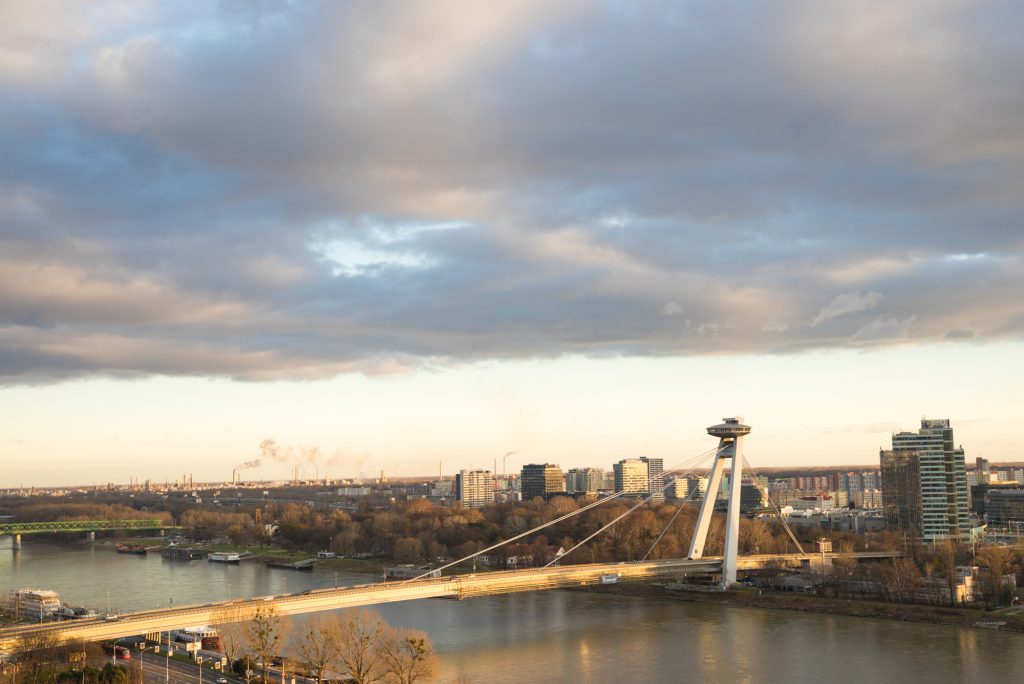


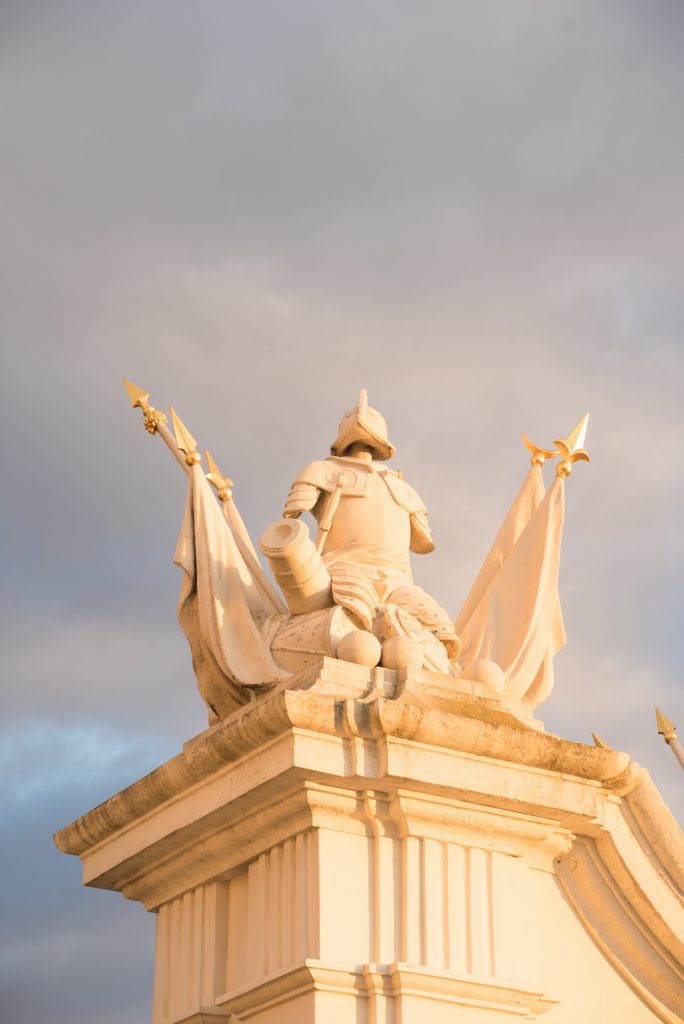
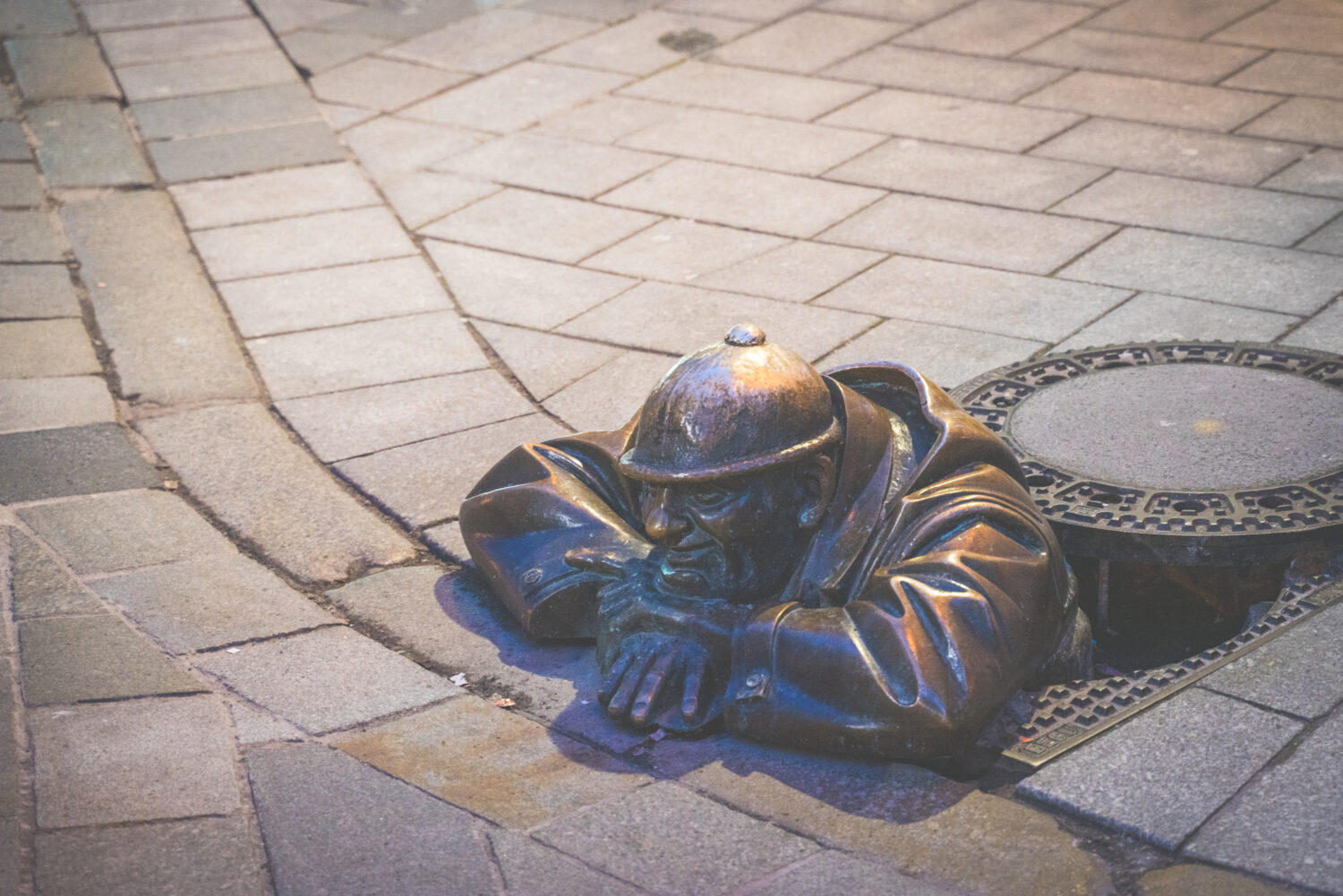
Someone talked about food ?
As I said earlier, the city center is quite small for a capital, but still there are a lot of good places to eat, drink or just hangout.
- The urban house is a good place to start, it’s a big restaurant/bar/cafe, it really looks like a big house, with coaches, armchairs, a big banquet table etc.. the place is usually crowded, but don’t miss it out.
- If you’re looking for place to eat finger food, but quality finger food, Foodstock bratislava is that place
- For more traditional dishes revisited there is this place called Dolnozemská krčma, a must go, but make sure to book a table
Budapest
History
Or Buda-Pest. The city used to be split in two. Buda was on the hill side of the river, Pest on the flat lands on the other side. The two districts, now connected by multiple bridges, form one big city. Very much like Vienna, with large avenues and classical composed buildings. You can tell architects and urban planners were inspired by other Austro-Hungarian cities.
Budapest was by far my favorite city from this trip, even though it’s a rather big place, the proximity of things makes you think otherwise. You can easily spend your entire journey on foot, but I recommend taking the subway at least one time, because some stations are ancient, it’s an experience in itself. Otherwise there’s also a company called “river riders” they have amphibious buses, we didn’t try them, but make sure to check it out, even though it is a very touristic venture.
The weight of history is something that is strongly prevailing in Budapest. Like Vienna, the city was in the Austro-Hungarian empire and so, shares a part of the same history. All around the city, you can see statues and monuments from the empire era ; vestiges from the communist era ; tributes to the people who suffered from pogroms in the second world war and many, many other markers of history around which, the city was build on.




Art and culture
Now, let’s talk about the places to visit. Because there is quite a list. First and foremost, let’s dive into culture. If you head to the Városliget city park, you will stumble upon two museums facing one another. On the east side, the Kunsthalle, exhibiting contemporary art from the 19th century and on the West side the museum of fine arts. They’re both good museums if you have some time to spend, because their respective collections are quite big. Even if you’re not a museum kind of person, the park is a great place to take a walk, in winter, there is also this huge ice skating venue, located right at the entrance of the park. If you are seeking for modern and contemporary art, the Ludwig museum will do just fine. As it is located on the edge of the old city, you can take the tramway to get there. The building in itself isn’t that well designed, it’s a sort of huge patchwork of shapes and materials… but both the collection and the promenade are worth going for. Hungarian national museum
Architecture and public places : if you are an architecture enthusiast, there are plenty of things to see. And if you are not, it’s all the same, no need to be an expert to admire Budapest’s Neo-gothic/classical architecture pieces. The most well-known places are :
- the Neo-gothic parliament, which also holds a museum
- St-Stephen Basilic located in the center of Pest
- Buda castle offers a wide spectrum of activities : several museums, a library, a garden and a few cafes.
- The central market A fine great market hall, build in the early nineteenth century
- The liberty statue, mostly a great vantage point, really easy to walk to
- The fisherman’s bastion + Matthias church, also a great vantage point over the city, that you can reach easily from Buda’s castle


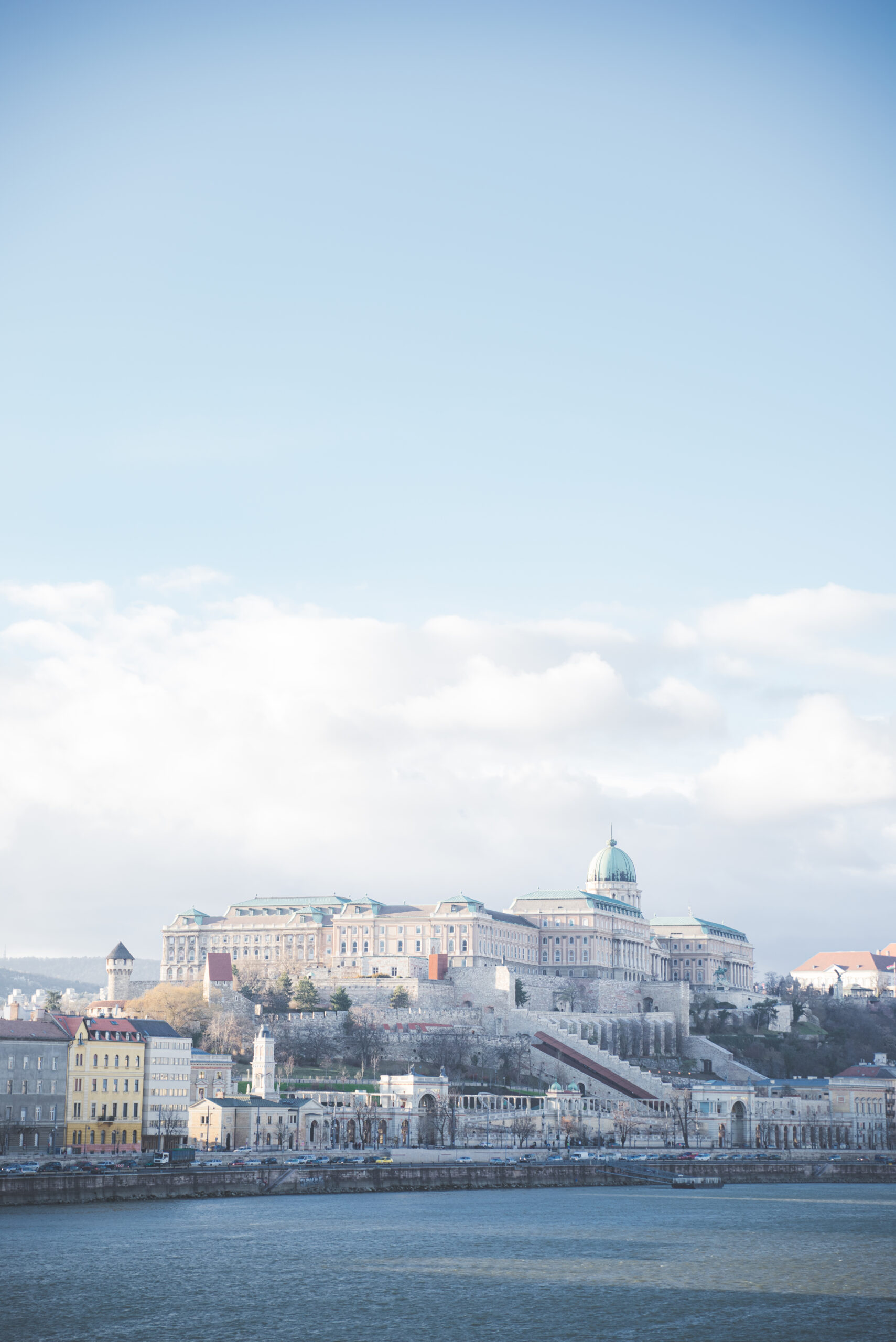



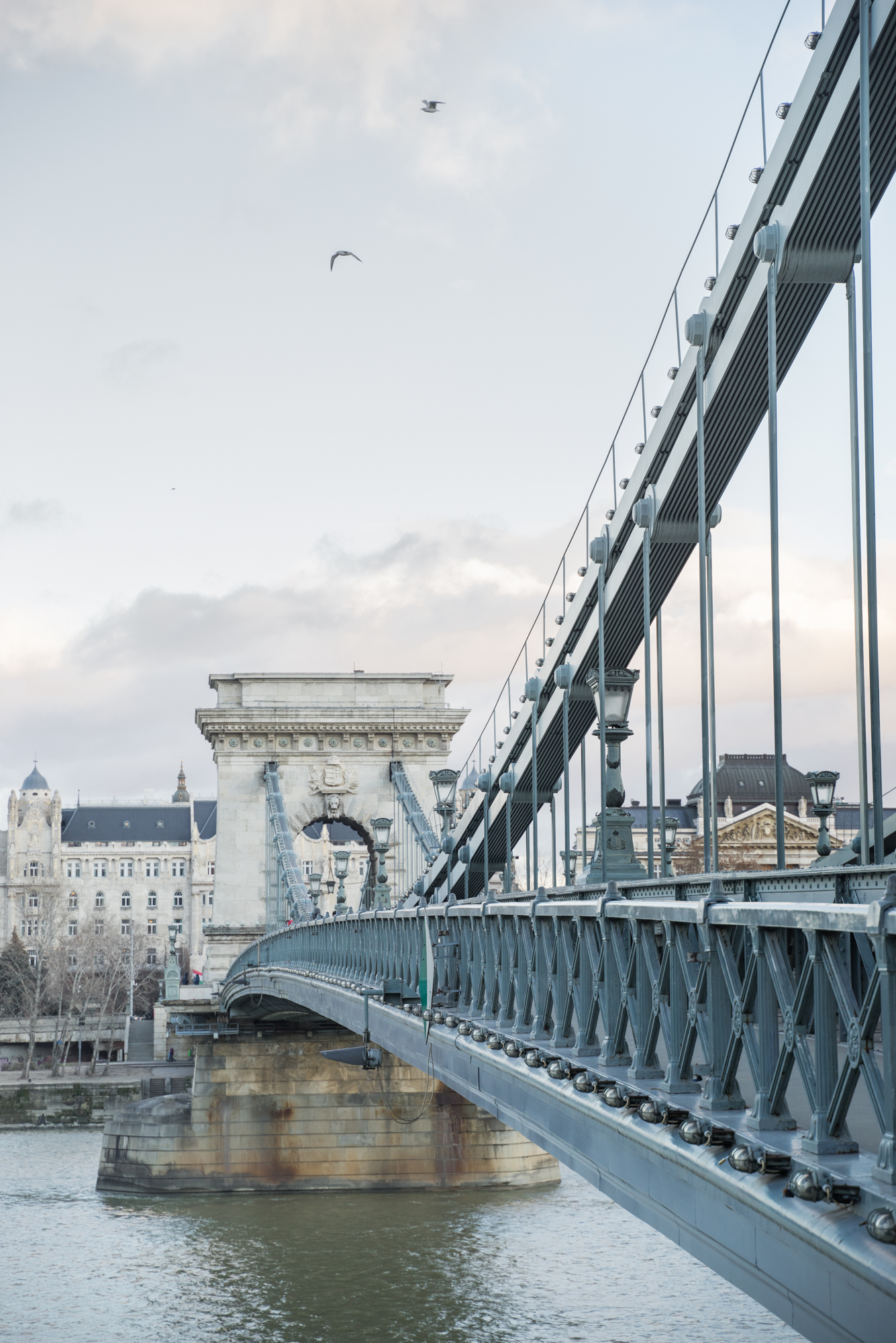

Where to Hang out ?
If you come by train from Bratislava, you’ll be lucky to see the Budapest-Nyugati train station. A beautiful building with a huge hall, and luminous facade made of steel, conceived by the notorious ateliers Eiffel. The fine design is definitely something you feel, as soon as you walk off the wagon. Even though, you’ll clearly see that it hasn’t been restored for several decades.
This “state of decay” is actually preponderant throughout the city. Sounds a bit spooky, but it is a real signature for Budapest. After world war two, a lot of buildings were left empty, primarily in the Jewish districts. These abandoned places were slowly falling into ruins. When in the beginning of the twenty first century, a group of young people were looking for a place, to set a creative space. This is how the first ruin pub was born. Nowadays, you can find plenty of them, over two decades, it became a real trademark. Here are some places worth going to :
- The Szimpla Kertmozi is one of them, it’s a very popular venue, with indoor and outdoor spaces
- Kisüzem although way smaller and not really a ruin bar, it has the same vibes
- Pizzica a tiny pizza place where you can buy pizza slices on the go, or climb some steps and eat on the spot
- Double shot partisan coffee a tiny coffee shop, mostly used by locals, the personnel is cheerful and they have great breakfasts
- The Lumen café, a great venue! it has a huge canopy and an outside space. It used to be some kind of factory, from which they kept the chimney in the courtyard, very unique


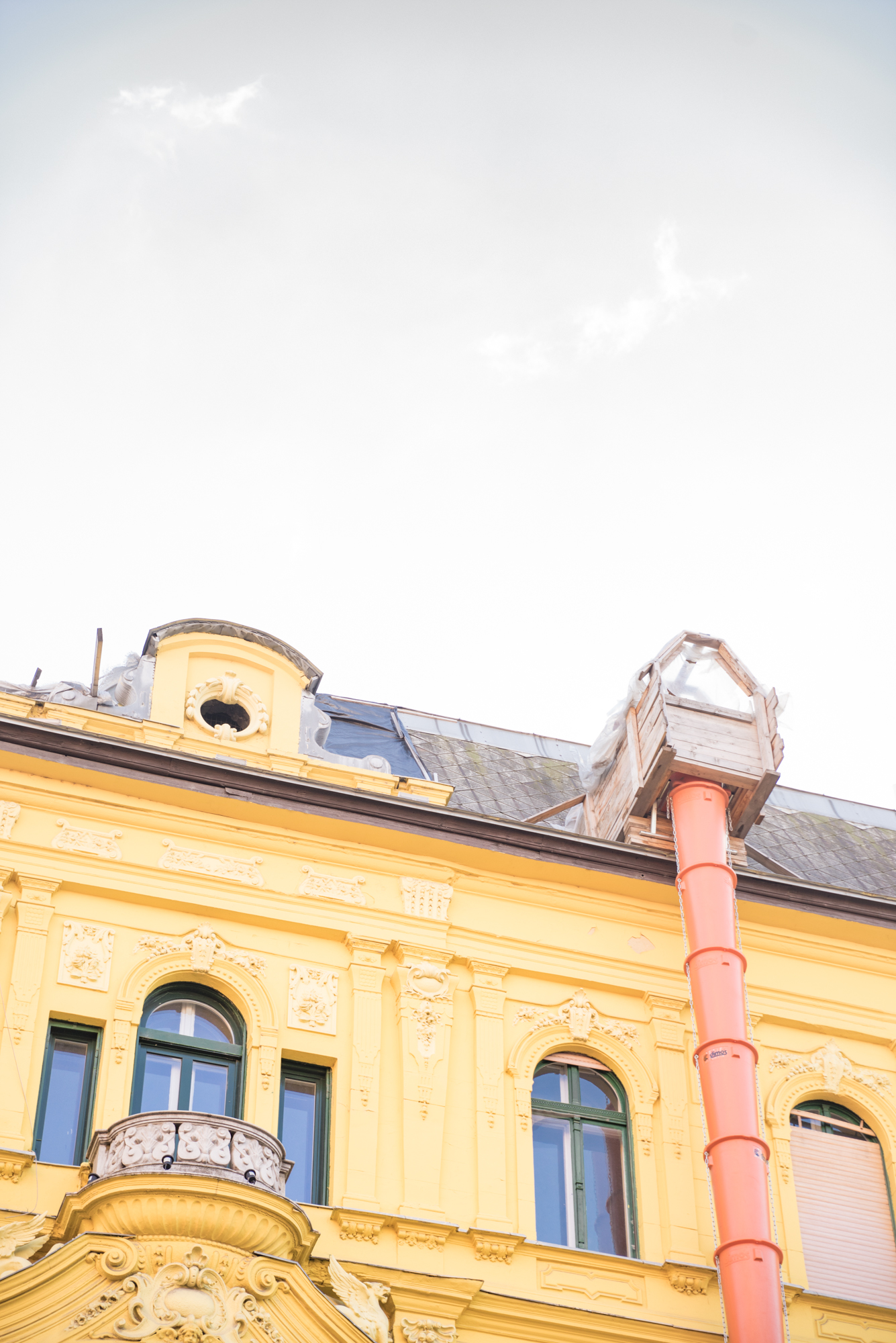





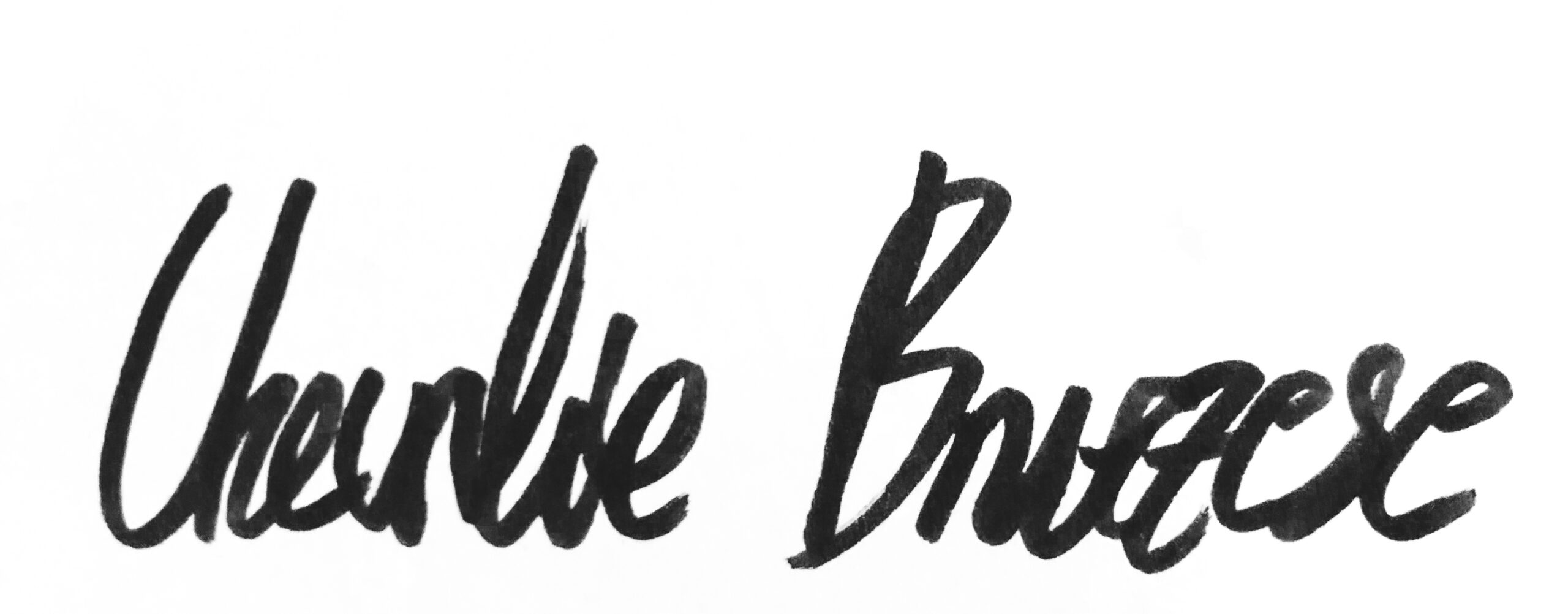
Leave a reply